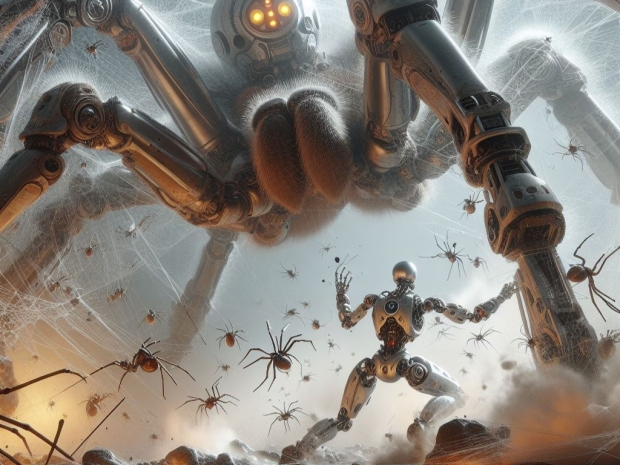Convai founder Purnendu Mukherjee is involved with the generative AI company powering Nvidia Ace.
Speaking to Digital Trends, the father of Nvidia’s controversial AI gaming tool said he sees an optimistic future where artists work hand-in-hand with AI to realise their creative visions fully. However, his explanation could raise more questions than answers regarding the hot topic of data usage.
Mukherjee started learning about AI in high school but was put off by the more boring rule-based systems of the time. His interest was sparked much later in 2015 when he studied deep learning in a lab in India. After moving to the U.S., attending grad school, and working at Nvidia, Mukherjee finally set off to start Convai in April 2022. He paid for the company for 10 months out of his pocket.
Mukherjee is a gamer at heart. He grew up playing competitive games like Counter-Strike at a local internet cafe. There, he began to imagine how AI could improve games, joking about the shooter’s dumb bots. That thought has become a successful tech invention that uses several AI tricks to create fully-voiced NPCs that can chat with players in real time.
He wants to make games more exciting.
“Take Baldur’s Gate 3 or The Witcher,” Mukherjee tells Digital Trends. “They have such incredible stories. Such lovingly, passionately written stories. But you, as a player, can’t get to the depths of it because there are just a few narrative lines you can explore from the NPCs. Given the tech that’s available today, those NPCs could have a life of their own and interact with you while staying in character and give you more information if you want to go deeper into the narrative designer’s mind.”
That statement kicks off a long interview where Mukherjee shoots down a bunch of worries about AI. When I asked if Baldur’s Gate 3 would be the great game it is without its deliberate writing, we went down a rabbit hole unpacking the relationship between machines and artists. He’s clearly come to the chat ready as if he’d spent a week studying doubtful social media posts. He quickly stresses that AI isn’t a substitute for artists; it needs them.
“I only see narrative designers in more demands, not less,” he explains as he outlines how AI could create more jobs for artists.
“The writers aren’t just writing to create backstory and narrative. They are writing for test purposes. The way you feel confident to ship a generative AI-based NPC in your multi-million dollar game is that you need a robust test set. You need hundreds, if not thousands, of back-and-forth interactions, ideally coming from that same narrative writer. If you try our platform, it requires you to write a backstory and upload a bunch of written documents from the writer themself, who is writing the mind of the character. It effectively requires ten times more writing than what is done today.”
Mukherjee often emphasises that he believes generative AI tools will require just as many, if not more, artists to train the tech properly. At one point, he suggests that great AI will make games better, which will, in turn, lead to more sales, convincing studios to pay voice actors more since their work training these tools is so crucial to creating high-quality games with next-level engagement.
It’s an optimistic vision considering that the video game industry is currently in the middle of a massive layoff wave that has left thousands out of work.
It’s clear that Mukherjee sees AI as a helpful tool that can support artists rather than replace them. While creators argue that AI models trained on their creations are stealing, some key AI developers claim they cannot train models without massive data input, including copyrighted works. Mukherjee floats the idea that people should be paid when their data is used to train AI models.
“I think there needs to be a way where people who have significant contributions to the data sets are compensated well,” he says.
“Whether that’s the New York Times or Reddit, the source needs to be licensed. It’s not a simple way, but that’s what it’ll get to in my opinion. And whatever is the most correctly done, especially when we’re using it at a commercial level, of course, we’ll choose that one.”

